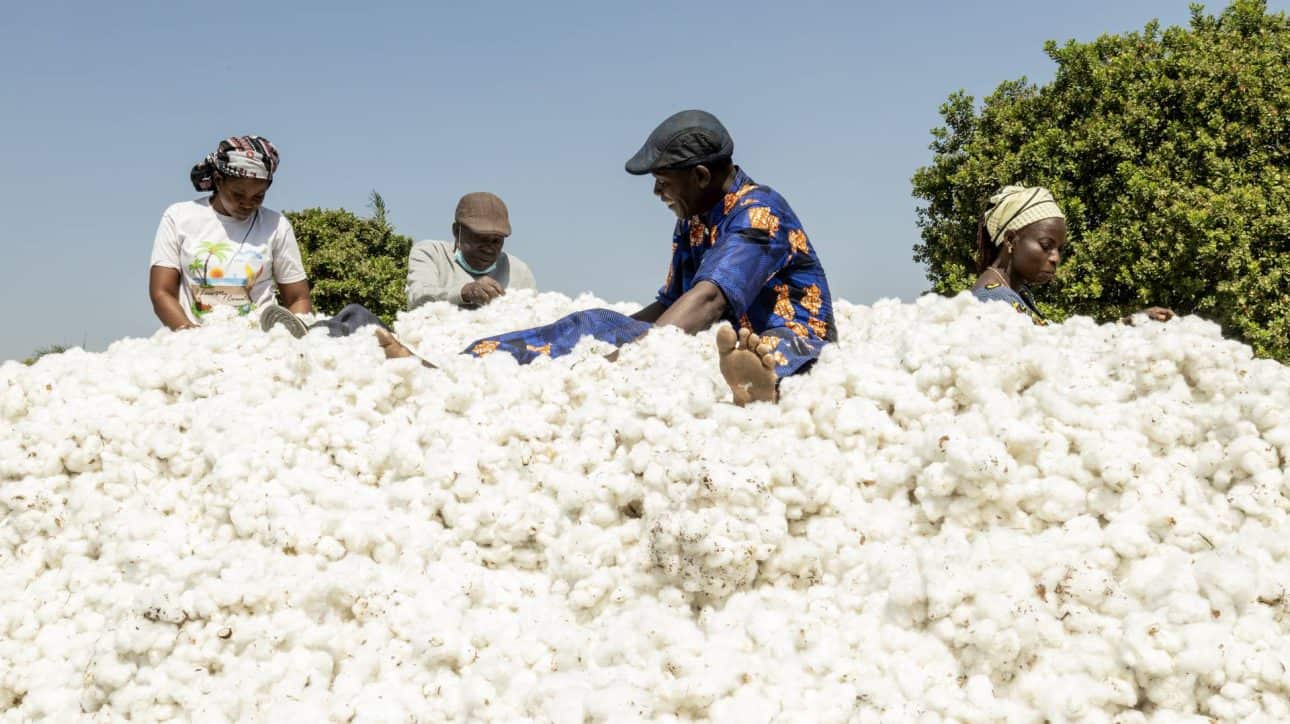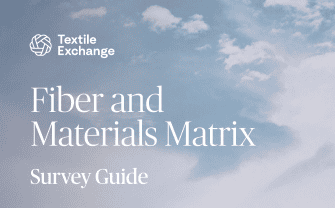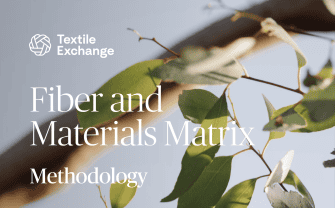The Fiber and Materials Matrix

The Fiber and Materials Matrix (formerly the Preferred Fiber and Materials Matrix) enables owners of fiber and raw material sustainability programs to assess themselves against a shared framework and identify opportunities for improvement.
Brands and retailers can use the Fiber and Materials Matrix to explore a range of options within a material category, seeing what each covers (and what it doesn’t) to help inform their sourcing strategies.
Goals
Driving beneficial outcomes from the start of the value chain.
The Fiber and Materials Matrix brings Textile Exchange’s LCA+ approach to life, recognizing that it’s essential to go beyond lifecycle assessment data when evaluating the impacts of different fiber and raw material production systems. The tool enables owners of sustainability standards systems, branded fibers, and improvement programs to assess themselves against a shared framework and identify opportunities for improvement. Brands and retailers can use the Fiber and Materials Matrix to explore a range of options within a material category, seeing what each covers (and what it doesn’t) to help inform their sourcing strategies.

How it works
Holistically assessing fiber and materials programs

Development
We have updated the Fiber and Materials Matrix to function as a self-assessment tool.
In 2025, several key improvements were made:
-
The content and structure were streamlined to align with Textile Exchange’s “Preferred Fibers and Materials: Definitions,” which are organized around five core pillars: Climate, Nature, People, Animals, and Governance.
-
The Matrix is now designed as a self-assessment tool, supported by an online platform and an external review process.
-
The methodology has been refined to better apply across a wider range of initiatives, including standard systems, branded fibers, and improvement programs.
-
It has been further aligned with external frameworks such as Science Based Targets for Nature and the OECD Due Diligence Guidance.
-
Additional material categories have been brought into scope as part of the methodology update.

